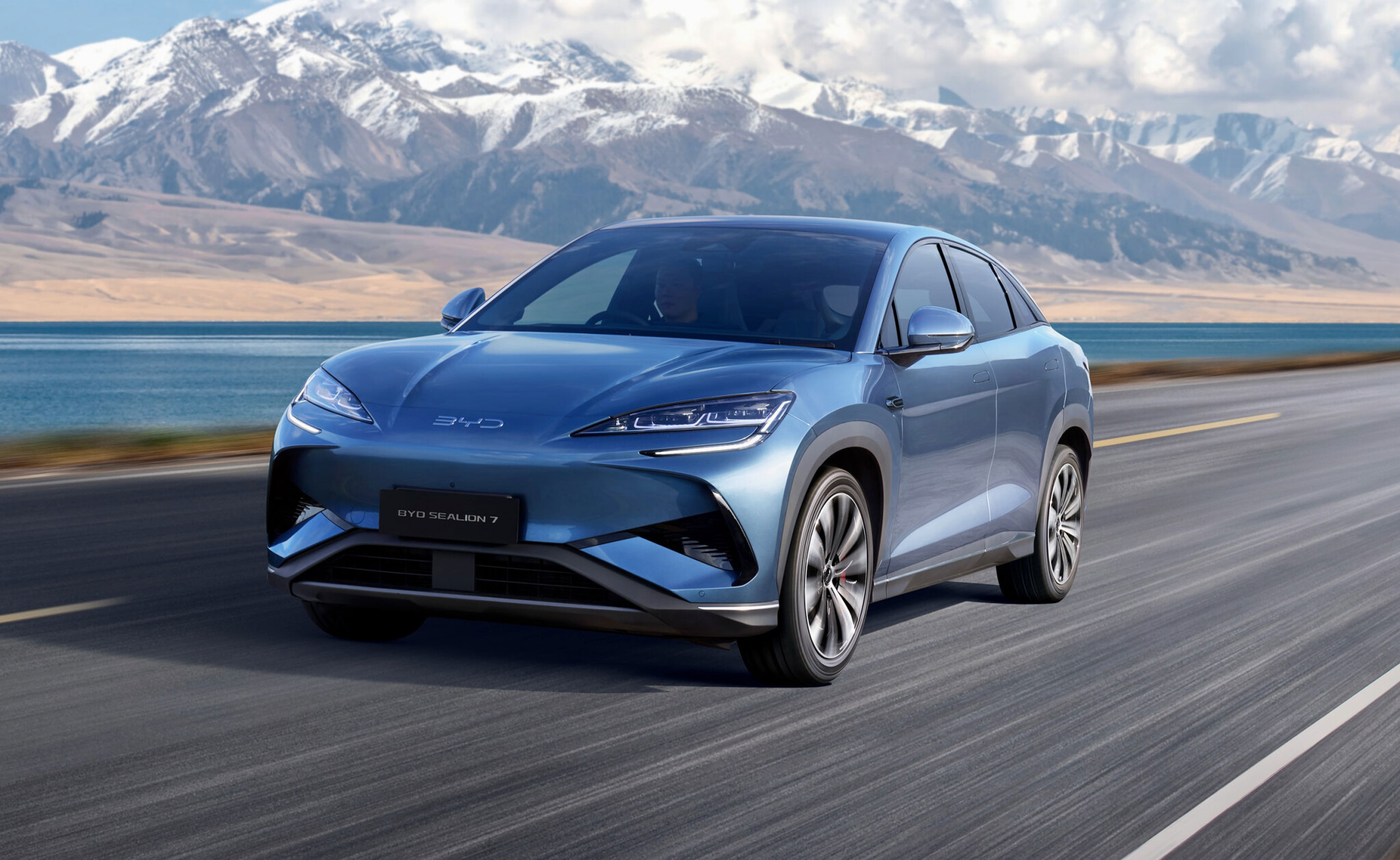
There are a lot of cars in the world, but if you came here wondering if cars outnumber humans, the answer is no. In fact, it’s not even close!
In 2024, the number of cars in the world has grown to 1.475 billion – that’s one car for every 5.5 humans, or 182 per 1000 humans.
The last time we checked, in May 2022, there was believed to be around 1.45 billion cars on Earth.
That means, the world has added a lazy 25 million cars to its total – although the number sold in that time is much higher, as some of the world’s total car population will include new cars replacing destroyed (shredded, crushed and/or recycled) cars. So if you’re wondering…
Where does all this data come from?
There’s no single official single source of car sales data for the entire world, but – according to organisations like the International Energy Agency, the European Automobile Manufacturers’ Association, data publisher Statista, and automotive industry analysts JATO Dynamics – these numbers are believed to be accurate.
All of the numbers in this story are based on data collected and studied by those organisations.
How many cars were sold in the world in 2023?
About 75 million cars were sold across the world in 2023, which is around six percent more than in 2022.
In January 2024 alone, approximately 89,782 new vehicles were sold worldwide – representing an increase of around 5.8 percent compared to January 2023.
Where are all the cars in the world?
According to automotive digital marketing agency Hedges & Company, about a third of all vehicles are in the Asia-Pacific region, which it claims has a fleet of 543 million vehicles (140 vehicles per 1000 people).
This includes the roughly 21 million vehicles registered in Australia (772 vehicles per 1000 people), according to ABS data published in 2022.

Europe is second with 413 million vehicles, spread across EU and non-EU countries.
North America, which includes Canada and Mexico, claims 359 million vehicles – of which 290.8 million are in the USA (890 vehicles per 1000 people).
After that, there’s daylight between the rest of the world, which includes:
- South America: 84 million vehicles
- Middle East: 50 million vehicles
- Africa: 26 million vehicles
Global vehicle numbers per capita
The list looks a little different when you look at the regional numbers by population. Unsurprisingly, North America comes out on top.
- North America: 0.71 vehicles per capita (710 p/1000pp)
- Europe: 0.52 vehicles per capita (520 p/1000pp)
- South America: 0.21 vehicles per capita (210 p/1000pp)
- Middle East: 0.19 vehicles per capita (190 p/1000pp)
- Asia/Oceania: 0.14 vehicles per capita (140 p/1000pp)
- Africa: 0.06 vehicles per capita (58 p/1000pp)
- Antarctica: 0.05 vehicles per capita (50 p/1000pp)

The most cars, by country
Breaking the per-capita numbers down by country starts to show some interesting results, such New Zealand (0.90) outpacing the United States (0.89) in having the most vehicles per person – which is a dramatic flip, because in 2022 it was NZ on 0.88 and the US still on 0.89.
The top 10
- New Zealand: 0.90
- USA: 0.89
- Estonia: 0.82
- Cyprus: 0.79
- Luxembourg: 0.78
- Australia: 0.77
- Canada: 0.77
- Italy: 0.76
- Poland: 0.60
- Iceland: 0.72
Here’s how the top 10 looked in 2022
- USA: 0.89
- New Zealand: 0.88
- Canada: 0.79
- Cyprus: 0.79
- Luxembourg: 0.78
- Australia: 0.78
- Poland: 0.77
- Italy: 0.76
- Iceland: 0.72
- Estonia: 0.71

Which countries have the fewest cars in the world?
At the other end of the scale, the Democratic Republic of Congo has the fewest vehicles per person at a rate of just 0.004 per capita.
The Central African nation is followed in ascending order by:
- Pakistan: 0.02
- Vietnam: 0.03
- Kenya: 0.03
- Ghana: 0.03
- Nigeria: 0.05
- India: 0.05
- Philippines: 0.05
- Iraq: 0.05
- Egypt: 0.08
Singapore, despite its wealth, shows similar numbers with just 89 cars per 1000 people.
This figure is largely a result of Singapore’s expansive public transport system – and, perhaps more significantly, the government’s tax-heavy policies aimed at reducing car ownership to manage traffic congestion and environmental impact.
Global vehicle production
Of the 1.45 billion cars currently on the world’s roads, only about 80 million or seven per cent were built in the previous 12 months according to 2021 figures.
– this was up about three per cent from the nine-year low of 78 million in 2020 due to the pandemic, but still well down from the 2018 peak of 97 million.
Which countries produce the most cars?
There isn’t much new data since we last reported on this in 2022, perhaps as a result of the pandemic.
According to the International Organisation Internationale des Constructeurs d’Automobiles (IOCA), the top 10 manufacturing countries in 2021 were:
- China: 25.72 million
- United States: 10.88 million
- Japan: 9.68 million
- Germany: 4.66 million
- India: 4.51 million
- Mexico: 3.99 million
- South Korea: 3.95 million
- Brazil: 2.94 million
- Spain: 2.82 million
- France: 2.20 million.
How many electric vehicles were sold in 2023?
Finalised numbers for 2023 have not been published. Many organisations had forecast a figure of around 14 million cars, but with reports of slowing interest in some markets, the actual number sold might have fallen short.
EV sales have generally been climbing, however. In 2022, global EV sales reached 10.5 million units – including PHEVs but not conventional hybrids –representing a 55 percent increase over 2021.
- Total EV sales were 10.5 million, comprising both battery electric vehicles (BEVs) and plug-in hybrids (PHEVs)
- EVs accounted for 14% of total global car sales in 2022, up from 9% in 2021
- China led in EV adoption, with sales growth of 82% in 2022. Europe saw 15% EV sales growth.
- Here’s a 2023 number we can confirm: Australia saw EV sales grow a huge 161% in 2023. Of the 1,216,780 new cars registered, 7.2% were pure electric, following the combined hybrid and plug-in hybrid share of 9.0%.
We recommend
-
 Advice
AdviceCar manufacturer family tree: Who owns what?
You might be surprised to see how the world's top car brands are shared around just a few parent companies – and China is coming in hot
-
 News
NewsVFACTS March 2022: New car sales return to form as Tesla reports figures
Despite supply chain issues, the industry has recorded its strongest March sales since 2018
-
 News
NewsAustralian east coast floods to compound new car delays, price hikes
Supply chains will be under even more strain as demand is tipped to soar



